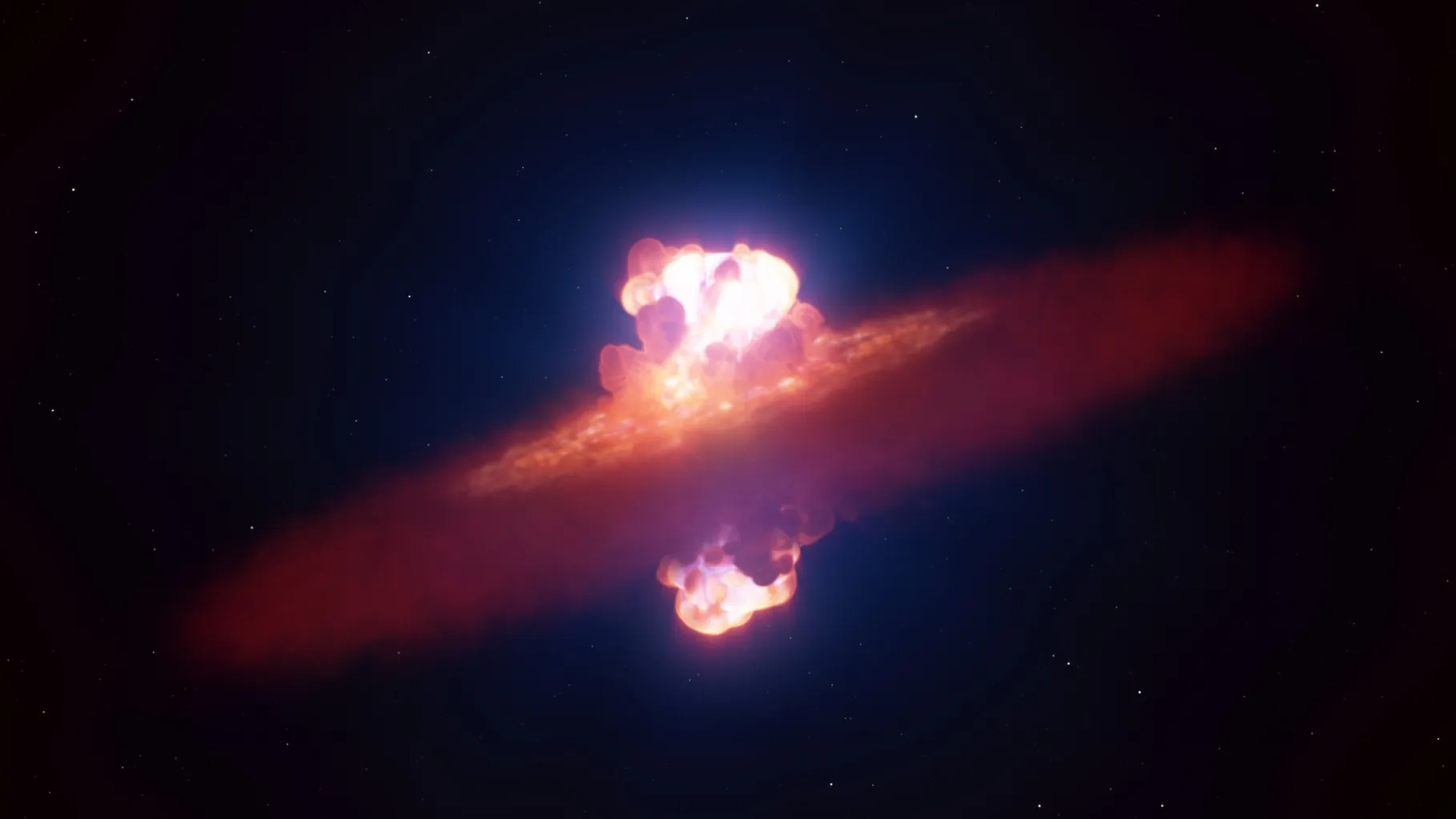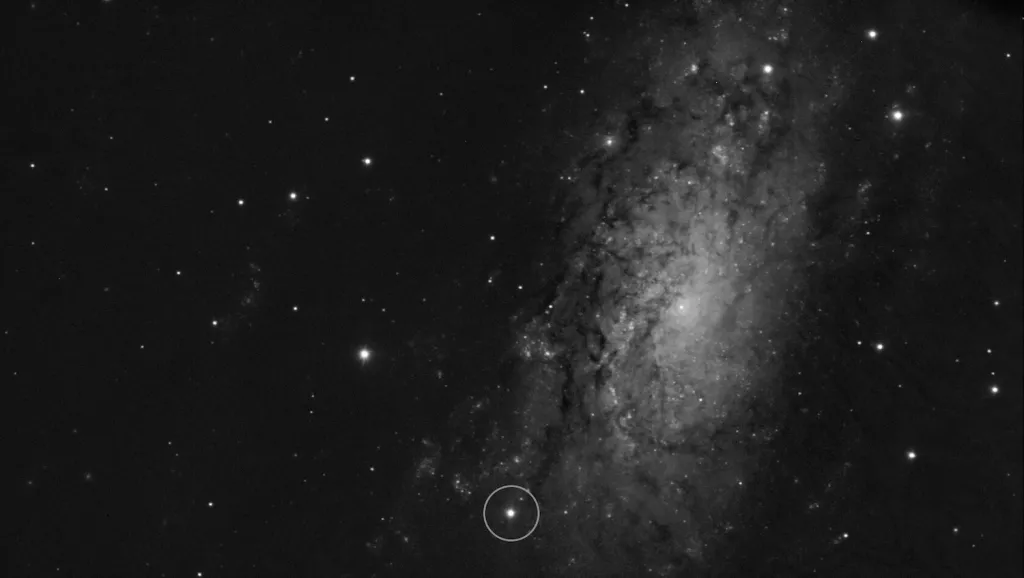
The recent observation of a massive star's death, Supernova SN 2024ggi, represents a stunning achievement in observational astronomy. Captured by a dedicated team using the ESO’s Very Large Telescope (VLT), this event provided the first-ever detailed look at the moment a supernova's shock wave breaks through the star's surface.
This pivotal observation, however, highlights the intense challenges inherent in studying cosmic phenomena that appear and fade rapidly, a field known as transient astronomy.
SN 2024ggi: The Challenge of the Ephemeral
The target star, a red supergiant estimated to be 12 to 15 times the Sun’s mass, met its violent end approximately 22 million light-years away in the galaxy NGC 3621.
- The Critical Window: The astronomers’ success lay in their speed. They began their observations only 26 hours after the supernova was first detected. This phase, the initial shock breakout, is extremely brief, typically lasting less than a day. Missing this window means losing the earliest, most informative data about the explosion's physics.
- The Discovery: Using the technique of spectropolarimetry, the VLT team inferred the explosion's geometry, finding that the initial blast was not perfectly symmetrical but had an olive-like shape. This breakthrough observation provides critical new data that stellar death models must now incorporate.
The need for highly specialized instruments and a rapid global response underscores the difficulty of capturing these moments. Twenty-six hours is a phenomenal reaction time, yet the most fundamental data, that of the first few minutes, remained elusive.

A Decentralized Approach to Real-Time Sky Monitoring
To consistently capture the absolute earliest moments of explosive events, the astronomical community requires a distributed and automated sky-monitoring infrastructure. This is the goal driving projects like SkyMapper.
SkyMapper is developing a wide-field, network-based system designed to provide continuous surveillance of the night sky. The core concept is to shift from reactive observation to proactive, persistent monitoring by deploying a globally distributed array of sensors.
This decentralized network is intended to:
- Ensure Continuous Coverage: A global network minimizes interruptions caused by local weather conditions or the rotation of the Earth, ensuring a patch of sky is always under surveillance.
- Automate Detection: The system utilizes sophisticated software and machine learning to instantly distinguish new transient events from known objects or false alarms, reducing human-driven latency.
- Enable Instant Follow-Up: Upon detection, the network can be configured to autonomously trigger coordinated, multi-wavelength observations, effectively eliminating the hours-long delay between detection and critical data capture.
SkyMapper’s Potential for Zero-Hour Observation
By shrinking the detection-to-observation timeline, a system like SkyMapper aims to capture the entire arc of a transient event, from the precursor stage right through the peak intensity.
In the context of a supernova like SN 2024ggi, a real-time network offers the potential to observe the zero-hour moment: the highly energetic flash of light emitted as the shock wave first rips through the stellar surface. Capturing this data instantaneously is crucial for understanding the final, violent moments of the star's life and the fundamental mechanisms that drive the resulting supernova.
The ability to consistently observe the universe in real-time is the next frontier in transient astronomy. Systems like the one SkyMapper is building offer a pathway to unlock the earliest, most powerful secrets of cosmic explosions, ensuring that the critical light of a star's final breath is never missed.
For more information about cosmic events like this or how the SkyMapper network can do work for you, please Contact Us.



